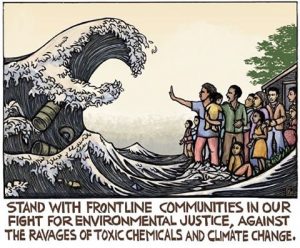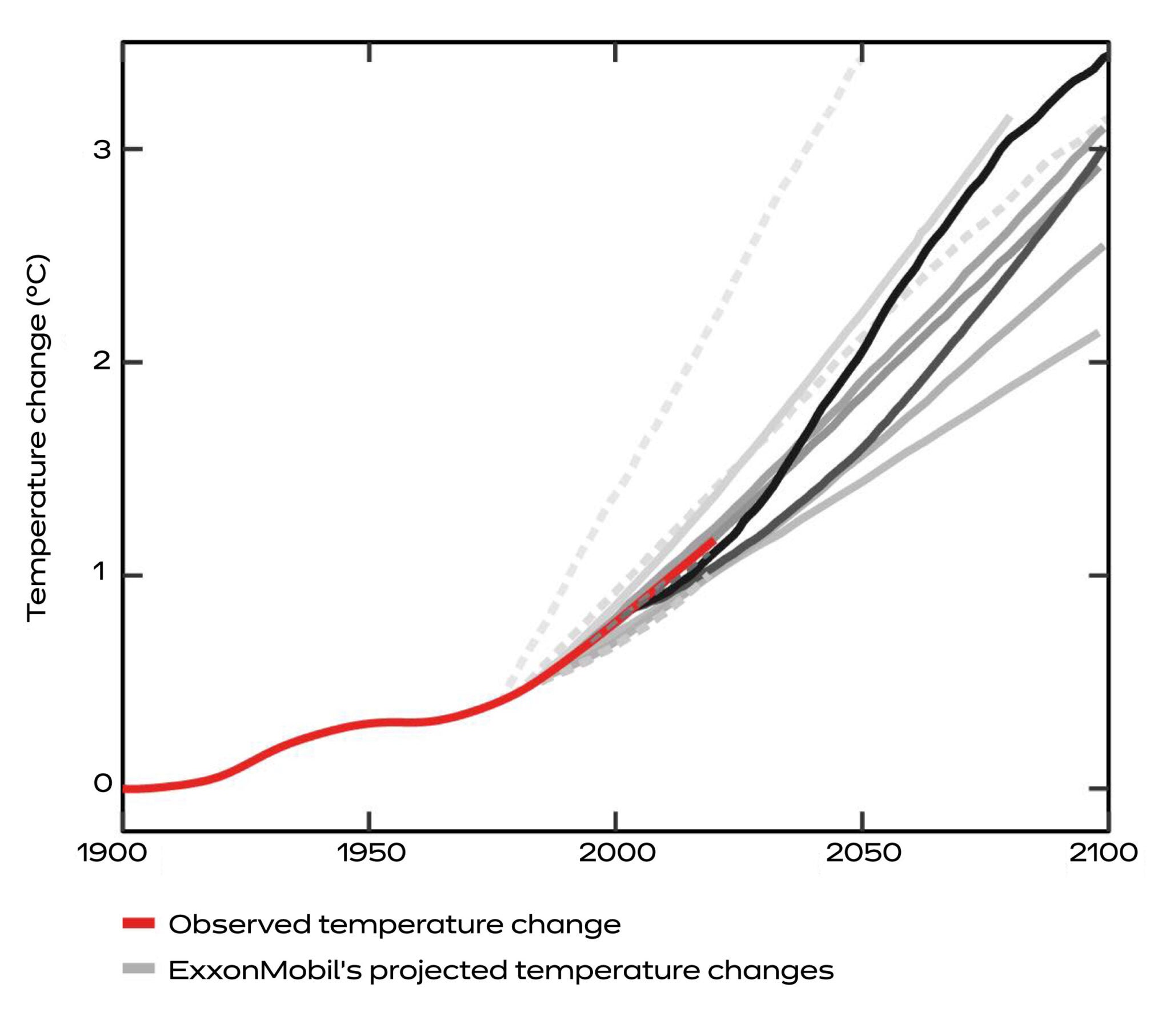Readings
Environmental Justice

Introduction to Environmental Justice
Principals and examples of environmental justice
Definition
Environmental justice is the fair treatment and meaningful involvement of all people with respect to the development, implementation and enforcement of environmental laws, regulations, and policies.
Proponents of environmental justice generally view the environment as encompassing where we live, work, and play, pray and learn. Environmental justice seeks to redress inequitable distributions of environmental burdens (such as pollution, industrial facilities, and crime).
Environmentalism vs. Environmental Justice
The term has two distinct uses.
The first and more common usage of the phrase environmental justice describes a focus on the fair distribution of environmental benefits and burdens. Environmental Justice is distinct from environmentalism in how it centers social, economic, political difference within societies and human populations. Also, environmentalism for a very long time gave precedence to resorting and protecting nature– at times without considering the need to restore and protect marginalized populations that had suffered exploitation alongside the natural world. Hence, the need to distinguish between environmentalism and environmental justice– which centers where human populations reside, and the natural habitats that support urban and rural communities.
Second, it is an interdisciplinary field of study that includes (but is not limited to) theories of the environment (debates about who owns the environment, how the environment is controlled and how populations can be treated at times similarly to natural environments and resources deemed exploitable), also the area of study has offered new approaches to environmental law and governance, environmental policy and planning, development, sustainability, and political ecology.
What is Environmental (In)justice and environmental segregation.
Intentional or unintentional placement of low-income communities in proximity of environmentally hazardous or degraded environments, such as toxic waste, pollution and urban decay.
A significant factor in creation of effective environmental segregation is the fact that low-income communities lack economic ability to resist introduction of dangerous technologies, as well as greater mobility of richer citizens away from areas falling into industrial and environmental decline.
For example, the scholarship of Robert Bullard covers the dumping of toxic waste in communities in the South. And, the youtube video below covers the parameters by which Environmental Justice specialists working with the CDC measure environmental (in)justice.

Original source citation: G. Supran et al., Assessing ExxonMobil’s global warming projections. Science 379, eabk0063 (2023). DOI: 10.1126/science.abk0063
On the international scene, environmental injustice is exhibited by first world/global north corporations exporting dirty technologies, dangerous chemicals or waste materials banned by the domestic laws to developing countries, with lax environmental policies and safety practices (pollution havens). Also, the legacy of pollution has greatly affected areas of environmental research.
The work of Dr. Brendan Coosaet focuses on the interconnectedness between biodiversity and environmental justice. In the youtube video below Dr. Coosaet looks at how valuable biodiversity has been diverted from poorer nations/global south to richer nations/the global north resulting in a process of appropriation of biodiversity that excludes poorer nations and poor communities from the benefits of the environmental riches held by their own regions, this appropriation is know as biopiracy.

